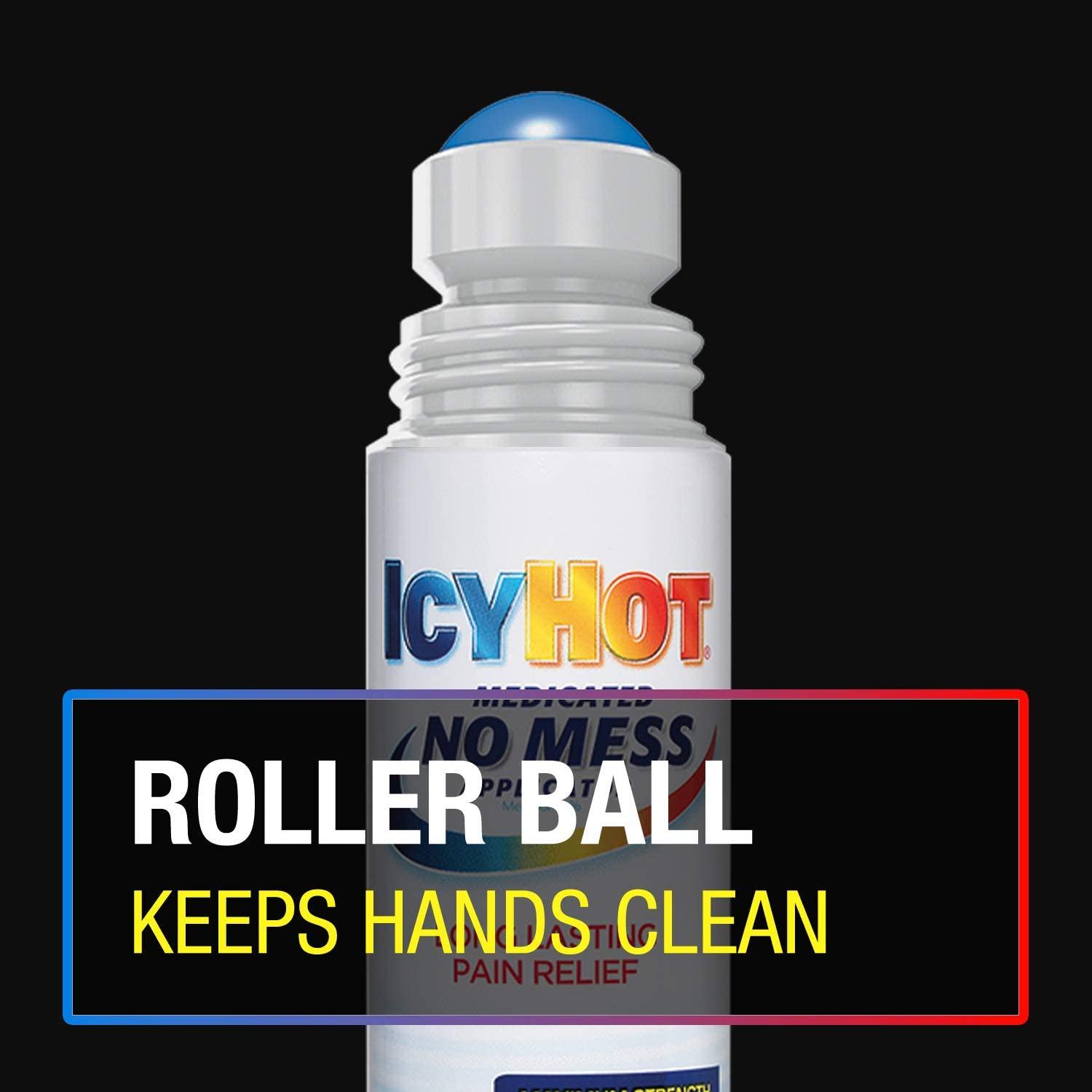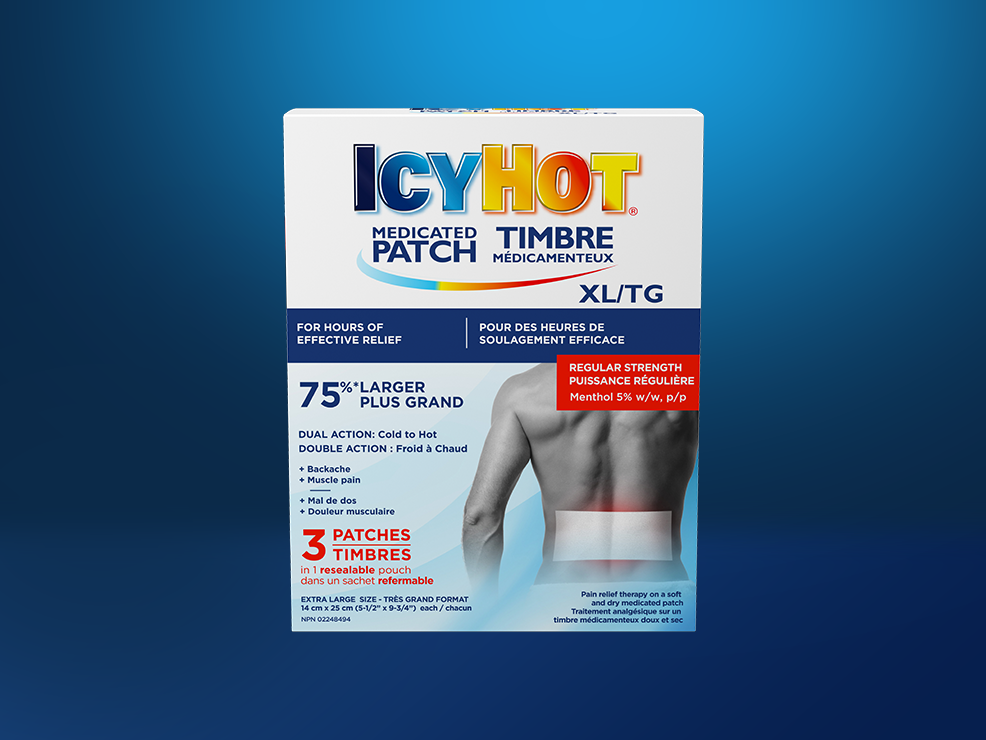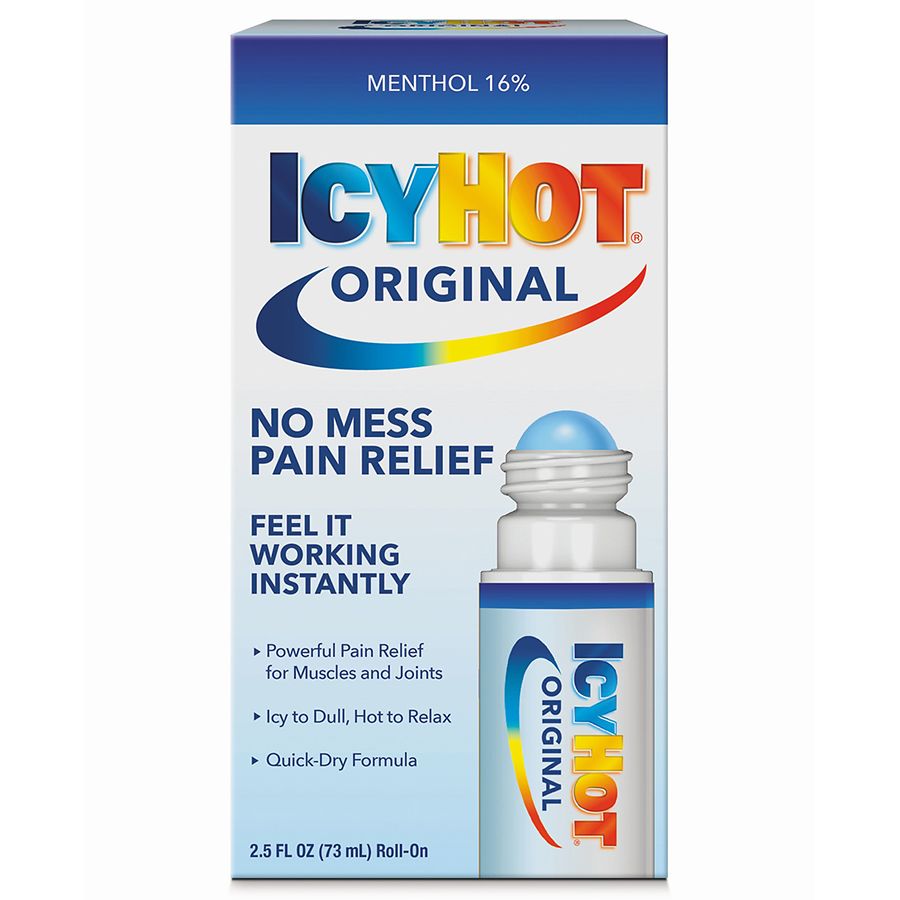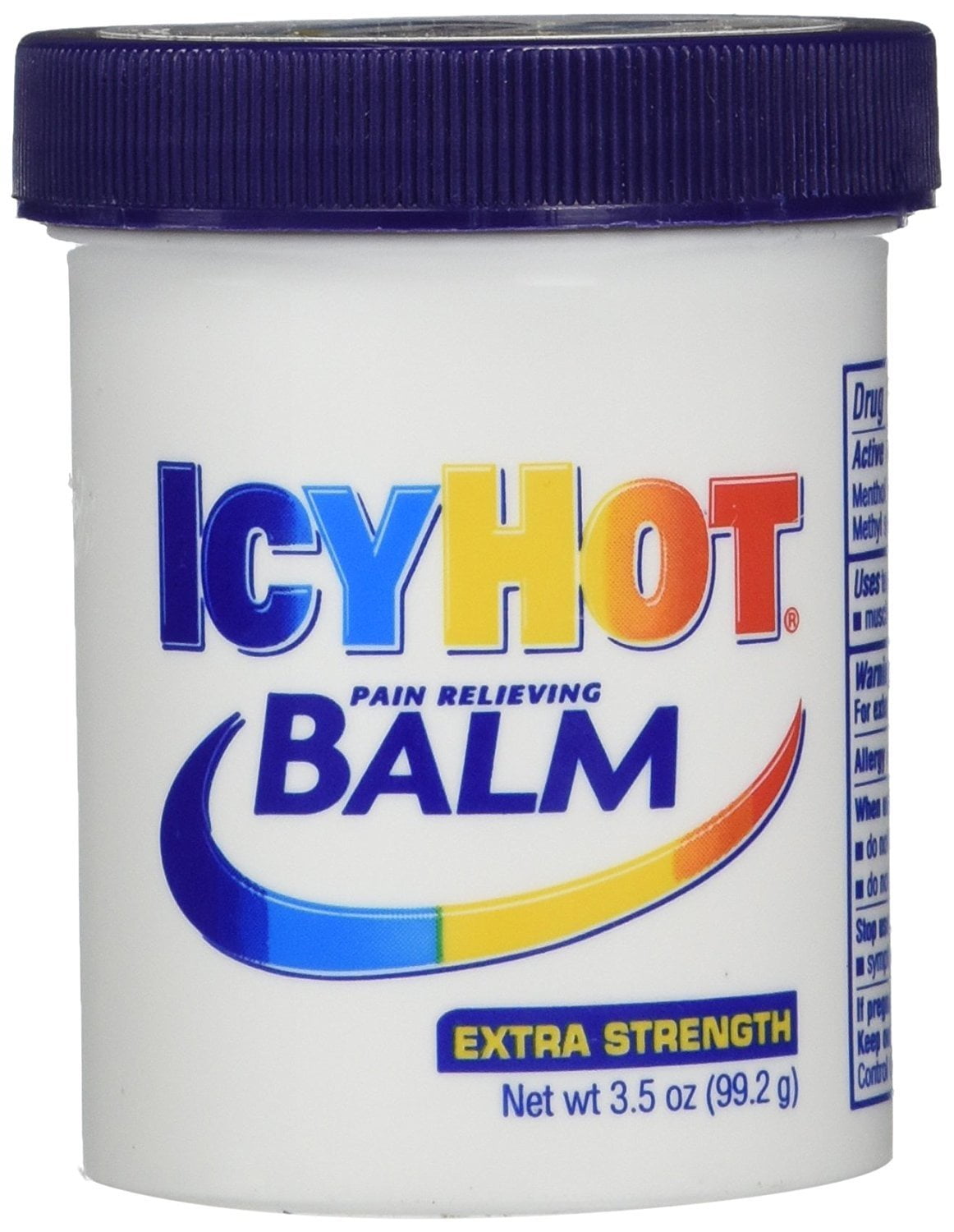Does Icy Hot Help Nerve Pain

Imagine a persistent, throbbing ache, a tingling numbness that just won't quit, or a sharp, shooting pain that feels like an electric shock. These are the unwelcome companions of nerve pain, also known as neuralgia, a condition that affects millions and can disrupt daily life in countless ways. In the quest for relief, many turn to readily available over-the-counter options, and among them, Icy Hot stands out as a popular choice.
But does this widely used topical analgesic really make a difference when dealing with the complexities of nerve pain? This article delves into the science behind Icy Hot, exploring its ingredients, mechanisms of action, and the evidence surrounding its effectiveness in alleviating nerve pain. We'll separate the hype from the hope, providing a balanced perspective for those seeking to understand if Icy Hot can truly be a helpful tool in managing their nerve-related discomfort.
Understanding Nerve Pain
Nerve pain, unlike typical pain from an injury, arises from damage or dysfunction of the nerves themselves. This can result from various conditions, including diabetes (diabetic neuropathy), shingles (postherpetic neuralgia), sciatica, carpal tunnel syndrome, and even certain autoimmune diseases. The sensations experienced can range from mild tingling and numbness to excruciating, burning, or stabbing pain.
Because nerve pain originates from the nervous system, it often doesn't respond to the same treatments that work for musculoskeletal pain. This is what makes finding effective relief a challenge, often requiring a multi-faceted approach involving medications, physical therapy, and lifestyle modifications.
Icy Hot: A Closer Look
Icy Hot products typically contain two key ingredients: menthol and methyl salicylate. Menthol provides a cooling sensation, while methyl salicylate, a derivative of salicylic acid (the active ingredient in aspirin), creates a warming effect. These sensations work to distract the brain from the underlying pain signals.
This counterirritant effect is the primary mechanism by which Icy Hot provides relief. By stimulating nerve endings on the skin, it essentially overrides the pain signals traveling to the brain, creating a temporary sense of relief. Think of it as a "sensory overload" that momentarily diminishes the perception of pain.
How It Works on the Skin
Menthol activates TRPM8 receptors in the skin, which are sensitive to cold temperatures. This creates the cooling sensation that can be quite soothing. Methyl salicylate, on the other hand, is absorbed into the skin and broken down into salicylic acid, which has mild anti-inflammatory properties.
While the anti-inflammatory effect of methyl salicylate is minimal when applied topically, it can contribute to reducing some localized discomfort. The combined effect of cooling and warming sensations can provide a temporary distraction from the pain.
Icy Hot and Nerve Pain: What Does the Evidence Say?
The evidence regarding the effectiveness of Icy Hot for nerve pain is mixed. Most studies focus on its use for musculoskeletal pain, such as muscle aches and arthritis, rather than specifically addressing nerve pain. However, some research suggests it may offer some benefit for certain types of nerve-related discomfort.
A systematic review of topical analgesics for neuropathic pain, published in the journal *Pain*, found limited evidence to support the use of counterirritants like Icy Hot as a primary treatment. The review highlighted that while some individuals may experience relief, the overall effect is often modest and short-lived.
Dr. Emily Carter, a neurologist specializing in pain management, explains: "Icy Hot can provide a temporary distraction from nerve pain, especially for milder cases. However, it doesn't address the underlying cause of the pain and is unlikely to provide significant relief for severe or chronic nerve pain."
Specific Conditions and Icy Hot
For conditions like diabetic neuropathy, where nerve damage is the primary cause of pain, Icy Hot may offer minimal relief. The same applies to postherpetic neuralgia, the persistent nerve pain that can follow a shingles outbreak. However, for conditions where nerve pain is secondary to muscle tension or inflammation, such as sciatica or carpal tunnel syndrome, Icy Hot might provide some temporary comfort.
It's important to note that Icy Hot is intended for topical use only and should not be applied to broken skin or open wounds. Individuals with salicylate sensitivities should also avoid using products containing methyl salicylate.
Alternatives and Complementary Therapies
When dealing with nerve pain, it's crucial to explore a range of treatment options beyond over-the-counter analgesics. Prescription medications, such as gabapentin or pregabalin, are often used to manage nerve pain by modulating nerve signals.
Physical therapy can also play a significant role in managing nerve pain, especially when it's related to musculoskeletal issues. Techniques like stretching, strengthening exercises, and nerve gliding can help improve function and reduce pain.
Other complementary therapies, such as acupuncture, massage therapy, and mindfulness meditation, may also provide some relief for nerve pain. These approaches focus on promoting relaxation, reducing stress, and improving overall well-being.
Making Informed Choices
Ultimately, the decision of whether or not to use Icy Hot for nerve pain is a personal one. It's important to consider the severity of your pain, the underlying cause, and your individual response to the product.
Consulting with a healthcare professional, such as a doctor or physical therapist, is essential to develop a comprehensive pain management plan. They can help you determine the most appropriate treatment options based on your specific needs and circumstances.
Remember, Icy Hot may offer temporary relief for some individuals with mild nerve pain. However, it's not a substitute for addressing the underlying cause of the pain and should be used in conjunction with other treatments as recommended by your healthcare provider.
A Final Thought
The journey to managing nerve pain can be challenging, but it's important to remember that you're not alone. Millions of people experience nerve pain, and there are many resources available to help you find relief and improve your quality of life.
While Icy Hot may not be a magic bullet, it can be a helpful tool in your pain management arsenal, especially when used in combination with other therapies. By staying informed, working closely with your healthcare team, and exploring different treatment options, you can take control of your nerve pain and live a more fulfilling life. Consider it a small piece of the puzzle, not the whole picture, as you navigate the complexities of pain management.


















